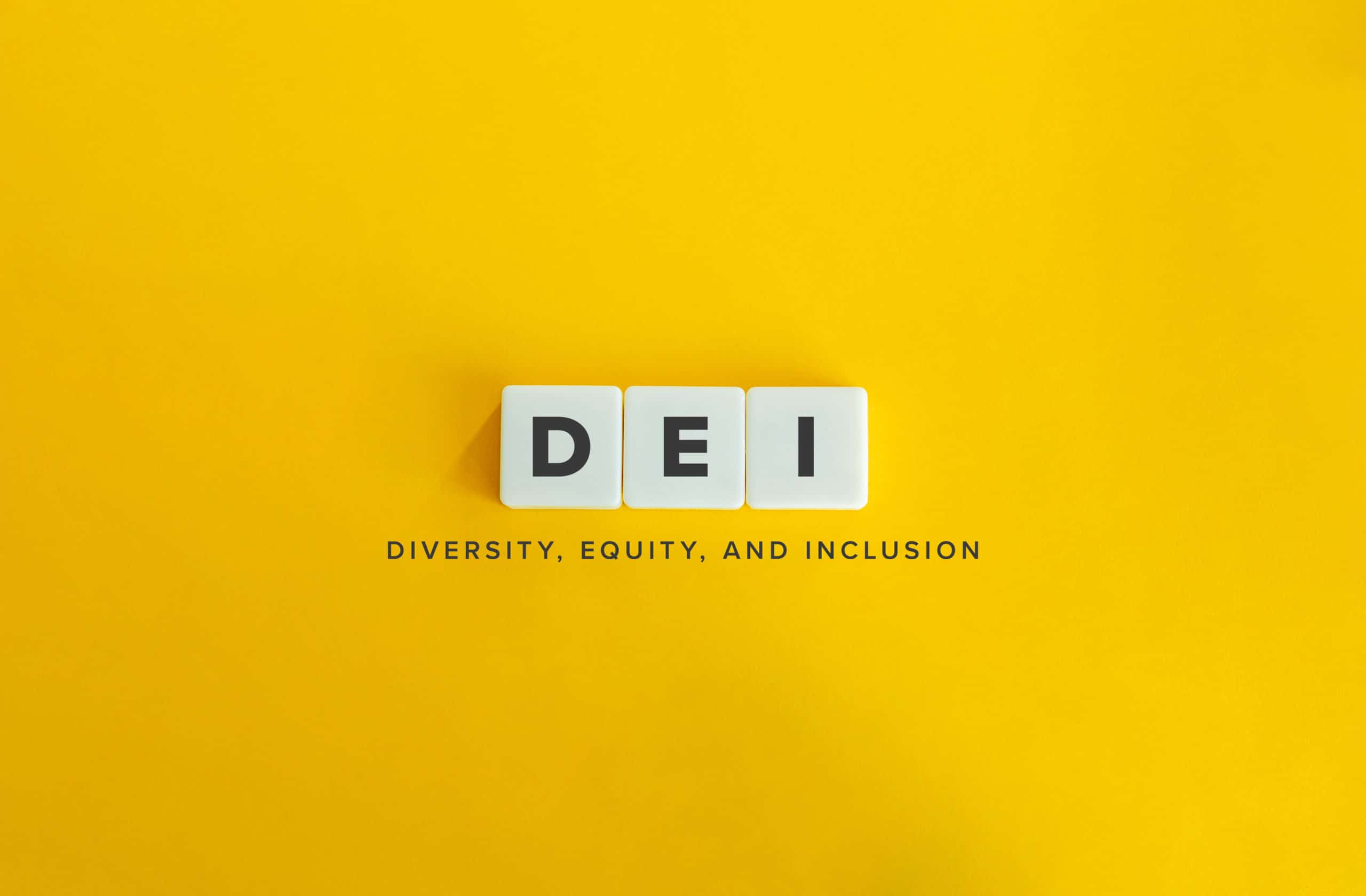Diversity, equity, and inclusion (DEI) is often pitched as merely a workplace training format. In truth, it’s a framework that can be applied across an organization at every stage of operation. The essence of DEI is transforming a workplace to reflect how the real world actually looks.
Focusing on the United States, the Census Bureau noted that “minority” groups will reach majority status by 2044. Moreover, according to a study from the Pew Research Center, Generation Z is the most racially diverse U.S. generation as 48% of workers identify as non-white.
As our country and our workplaces get more diverse, corporations must match these trendlines. Otherwise, they risk a host of negatives aside from simply “losing touch.”
Let’s dive into each component of DEI to better understand how each level of the concept can apply to and benefit modern businesses.
Diversity
The standard-bearer of DEI is diversity. It involves the degree to which a company encourages, enables, and codifies the representation of diverse backgrounds among its employees and in external communications.
What separates one employee from another are the myriad identities that comprise their being. Identity can be separated into two dimensions: primary and secondary. The primary dimension involves inherent characteristics such as age, gender identity, mental/physical abilities, and sexual orientation.
The secondary dimension includes acquired traits like geographic location, work experience, income, first language, and education. These two dimensions combine to form an individual’s intersectionality. That is the unique sum of one’s identities that lead to privilege or exposure to discrimination.
When organizations try to fill their ranks with diverse employees, they acquire strategic advantages.
On financial performance, McKinsey found that companies with gender and ethnic diversity were likely to have 35% more profit than competitors.
On innovation, The Harvard Business Review found that companies that accounted for both inherent and acquired diversity traits out-innovate and out-perform others.
In the last few years, corporations have invested in diversity by forming dedicated departments often headed by chief diversity officers. These moves allow these companies to organize their diversity efforts and show stakeholders that DEI has a place in its C-suite.
If you build your diversity team, success will come: a study from Gartner found that 75% of organizations with relevant diverse decision-making teams will exceed their financial targets.
Equity
The next piece of DEI is equity, which is often incorrectly conflated with equality.
Equality means that every individual is awarded the same resources or opportunities. Equity recognizes everyone’s unique circumstances and distributes resources and opportunities to allow everyone to reach the same outcome.
Equity ensures that equal outcomes can occur, as everyone having equal opportunities doesn’t always guarantee them.
Building A More Equitable Workplace
The numbers show workplaces are failing to provide equal opportunities. A 2019 report from Glassdoor found that 61% of U.S. employees noted experiencing or witnessing workplace discrimination.
In the business world, strong equity campaigns validate employees’ identities. They reduce implied or explicit barriers that otherwise impede access to equal opportunities for all.
But how can businesses help their employees understand just how these hurdles disadvantage their colleagues?
Unconscious Bias
Unconscious biases are an example of the hidden forces that hinder certain demographic groups’ access to workplace success. They are defined by the University of California, San Francisco as “social stereotypes about certain groups of people that individuals form outside their own conscious awareness.”
The university also notes that unconscious bias “…is far more prevalent than conscious prejudice and often incompatible with one’s conscious values,” and that it is “not limited to ethnicity and race,” but that “biases may exist toward any social group.”
Given that unconscious biases are threats to an organization’s workplace culture, hiring process, and ability to foster an equitable environment, relevant training must be prioritized.
With a diversity department leading the charge, organizations can equip their employees with the means to identify their own unconscious biases and hold others accountable.
While we still have a long way to rid our workplaces of unconscious bias, these trainings are making an impact.
Statista found that in 2021, 34% of full-time employees worldwide felt that DEI programs helped workers identify unconscious bias and/or learn about systemic barriers to equality in the workplace.
Most U.S. employees are game to participate, as Glassdoor found that 55% thought their company should do more to increase DEI efforts.
Inclusion
Inclusion acts as a major benchmark component of DEI. It involves diverse employees feeling as though they are actually welcomed and included in a workplace.
A workplace may score high in diversity metrics, but it means nothing if they score low on inclusion. No material DEI progress is made if you don’t account for inclusion.
For example, a 2020 report from McKinsey found that 52% of employees rated their sentiment on diversity as positive, while an abysmal 61% of employees rated their sentiment on inclusion as negative. This highlights that even diverse businesses need to overcome substantial obstacles to build an inclusive setting.
Inclusion can materialize in workplaces in many ways. Among top considerations, diverse employees should feel as though they participate in important decision-making processes. They should also have access to development opportunities, and enjoy freedom from bias and discrimination.
When these baseline expectations are met, employees from all backgrounds can thrive.
Without inclusion, high-level diverse talent will flee in droves and pose a major talent retention problem for management.
Deloitte found that “the effect of diversity practices on trust and engagement are statistically significant with higher perceived levels of inclusion.” This means that when employees feel included, they are more likely to stay given a greater degree of trust in management.
Going Forward
DEI’s three components are wholly dependent on one another. Lacking even one of the three departments will stagnate overall DEI progress.
Marketed improvements in DEI can lead to better business performance, create an amicable and fair workplace culture, and align the organization with the real world.
Communicators are uniquely positioned to advocate for and advance DEI within their organizations. Finely tuned social listening skills allow these professionals to understand social trends and expectations. They can appreciate industry-specific opportunities that DEI can unlock.
They can then package this data and communicate it to stakeholders, C-suite members, and boards of directors. They can help align companies for stronger, more rapid change.
Communicators also know the ethical implications of such efforts. They ensure that DEI goals are tied to specific benchmarks and are reported transparently. This allows both internal and external stakeholders to hold the organization accountable for its promises.
With the right combination of vigilance, determination, and education, DEI momentum is truly unstoppable.




